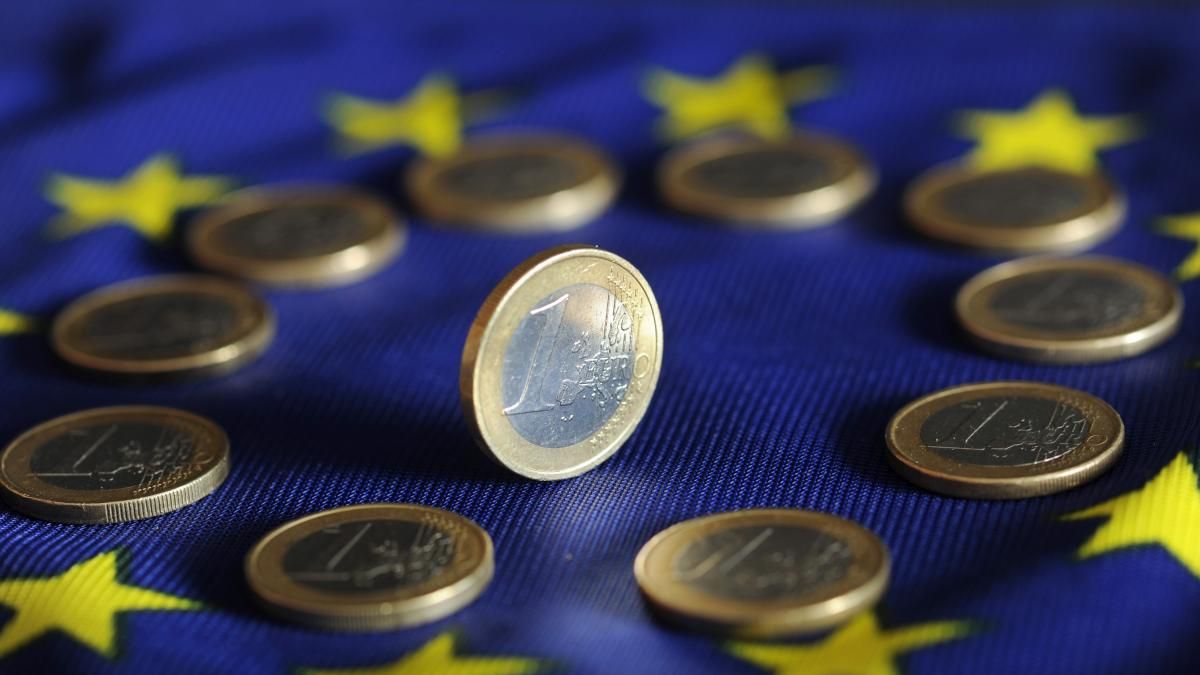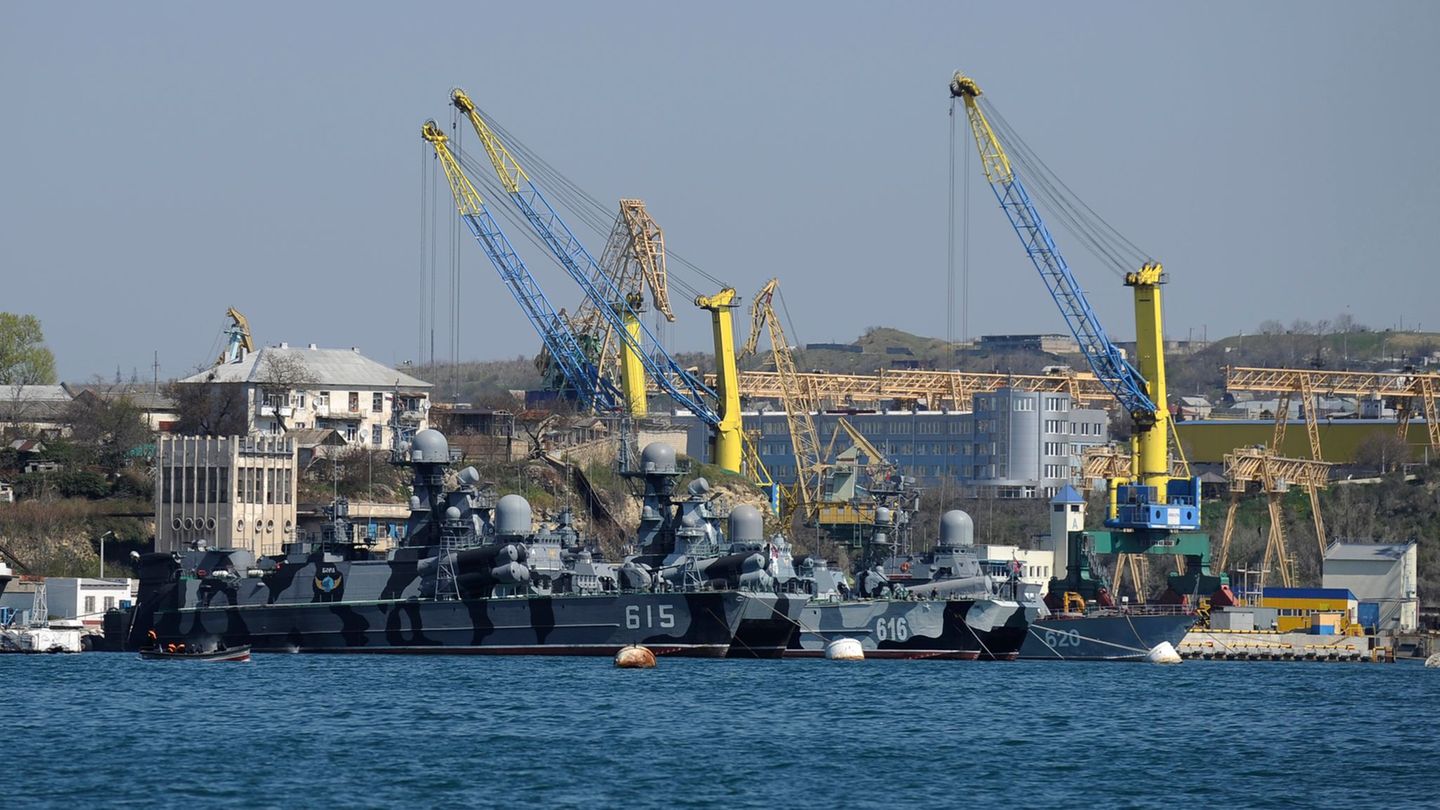Economists expected a slowdown after the 0.5% growth registered between January and March, but activity remained strong thanks to sectors such as tourism that recovered after the lifting of restrictions linked to the pandemic, despite the fact that the war in Ukraine fuels a rise in prices in the 19 countries of the eurozone.
With an increase of 0.7% compared to the first quarter, or +4% compared to the second quarter of last year, the gross domestic product of the euro area performed better than that of the United States in April-June.
Indeed, US GDP shrank 0.9% at an annualized rate, after falling 1.6% in the first quarter.
Within the European bloc, the situation is contrasted. Growth was strong in Spain (1.1%), Italy (1%) and France (0.5%). But Germany, Europe’s largest economy, stagnated (0%).
Eurozone inflation was pushed to a new high by the war in Ukraine and Western sanctions against Moscow to 8.9% in July, after 8.6% in June.
This indicator reached a new record since November.
In addition to rising energy prices (fuel, gas, electricity), European households are increasingly facing rising food prices.
Among the components of inflation, energy continued to register the largest annual increase, although with a slowdown of 39.7% (compared to 42% in June).
Food prices (including alcohol and tobacco) increased 9.8%, after 8.9% in June.
The prices of industrial goods and services increased in July by 4.5% and 3.7%, respectively, which represents a slight increase compared to the previous month.
The lowest inflation was recorded in France (6.8%) and Malta (6.5%) in July.
The Baltic countries recorded the highest rates: 22.7% in Estonia, 21% in Latvia, 20.8% in Lithuania.
Source: Ambito
David William is a talented author who has made a name for himself in the world of writing. He is a professional author who writes on a wide range of topics, from general interest to opinion news. David is currently working as a writer at 24 hours worlds where he brings his unique perspective and in-depth research to his articles, making them both informative and engaging.




